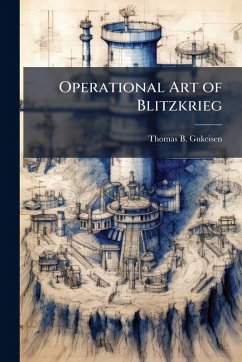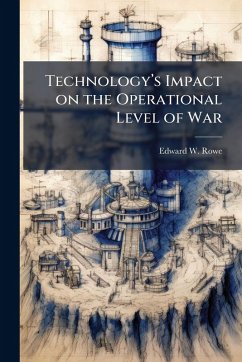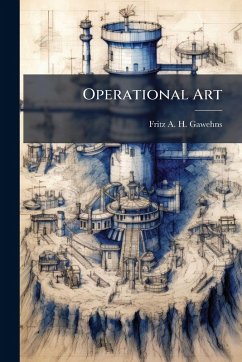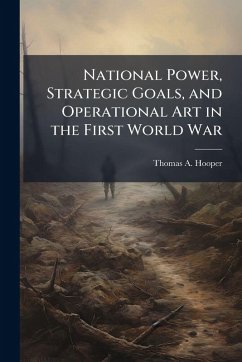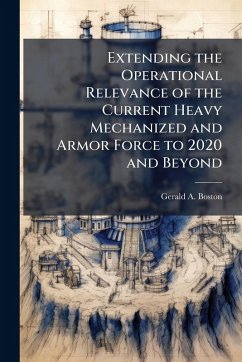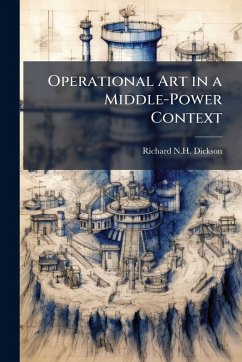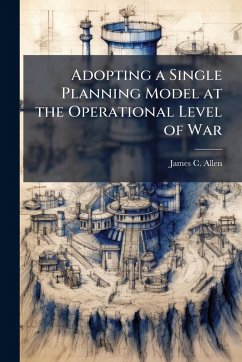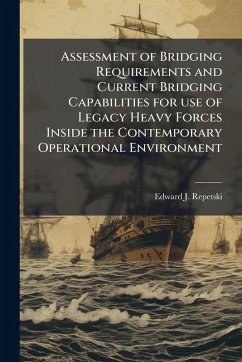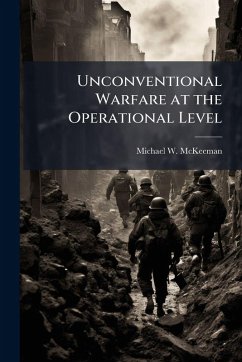
Enhancing the Operational Art

PAYBACK Punkte
9 °P sammeln!
Increases in the range and lethality of combat firepower forced units to disperse for survival and resulted in a corresponding increase in the size of the battlefield. The emergence of the operational level of war, which produced a three-fold rather than a two-fold paradigm of military art, was a consequence of attempts to exercise authority over combat forces in the ever-growing battlespace. Practitioners of the military art have often relied upon information technology (IT), to exercise command-and-control-"the expression of the commander's will and intent." This thesis investigates the uniq...
Increases in the range and lethality of combat firepower forced units to disperse for survival and resulted in a corresponding increase in the size of the battlefield. The emergence of the operational level of war, which produced a three-fold rather than a two-fold paradigm of military art, was a consequence of attempts to exercise authority over combat forces in the ever-growing battlespace. Practitioners of the military art have often relied upon information technology (IT), to exercise command-and-control-"the expression of the commander's will and intent." This thesis investigates the unique aspects of airpower command-and-control to determine how the information atmosphere-the habits of people and the capabilities of technology-has affected the relationships among the levels of war. The scope of this study places primary emphasis on the IT aspects of the information atmosphere in the command-and-control of airpower. In particular, the relationships among the levels of war are examined by assessing the strategic-operational level interface and the operational-tactical interface. Drawing on evidence from the application of airpower in Vietnam, Operation DESERT STORM, and Operation DELIBERATE FORCE this study concludes that the command-and-control process is determined more by the personalities of the leaders involved than by the available technology. Information technology has had little effect on the strategic-operational interface. This work has been selected by scholars as being culturally important, and is part of the knowledge base of civilization as we know it. This work was reproduced from the original artifact, and remains as true to the original work as possible. Therefore, you will see the original copyright references, library stamps (as most of these works have been housed in our most important libraries around the world), and other notations in the work. This work is in the public domain in the United States of America, and possibly other nations. Within the United States, you may freely copy and distribute this work, as no entity (individual or corporate) has a copyright on the body of the work. As a reproduction of a historical artifact, this work may contain missing or blurred pages, poor pictures, errant marks, etc. Scholars believe, and we concur, that this work is important enough to be preserved, reproduced, and made generally available to the public. We appreciate your support of the preservation process, and thank you for being an important part of keeping this knowledge alive and relevant.



